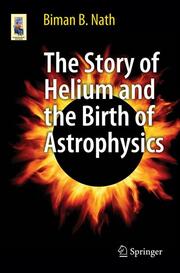Detailansicht
The Story of Helium and the Birth of Astrophysics
Astronomers' Universe
ISBN/EAN: 9781461453628
Umbreit-Nr.: 3882611
Sprache:
Englisch
Umfang: xi, 274 S., 31 s/w Illustr., 6 farbige Illustr., 2
Format in cm:
Einband:
kartoniertes Buch
Erschienen am 10.11.2012
Auflage: 1/2013


